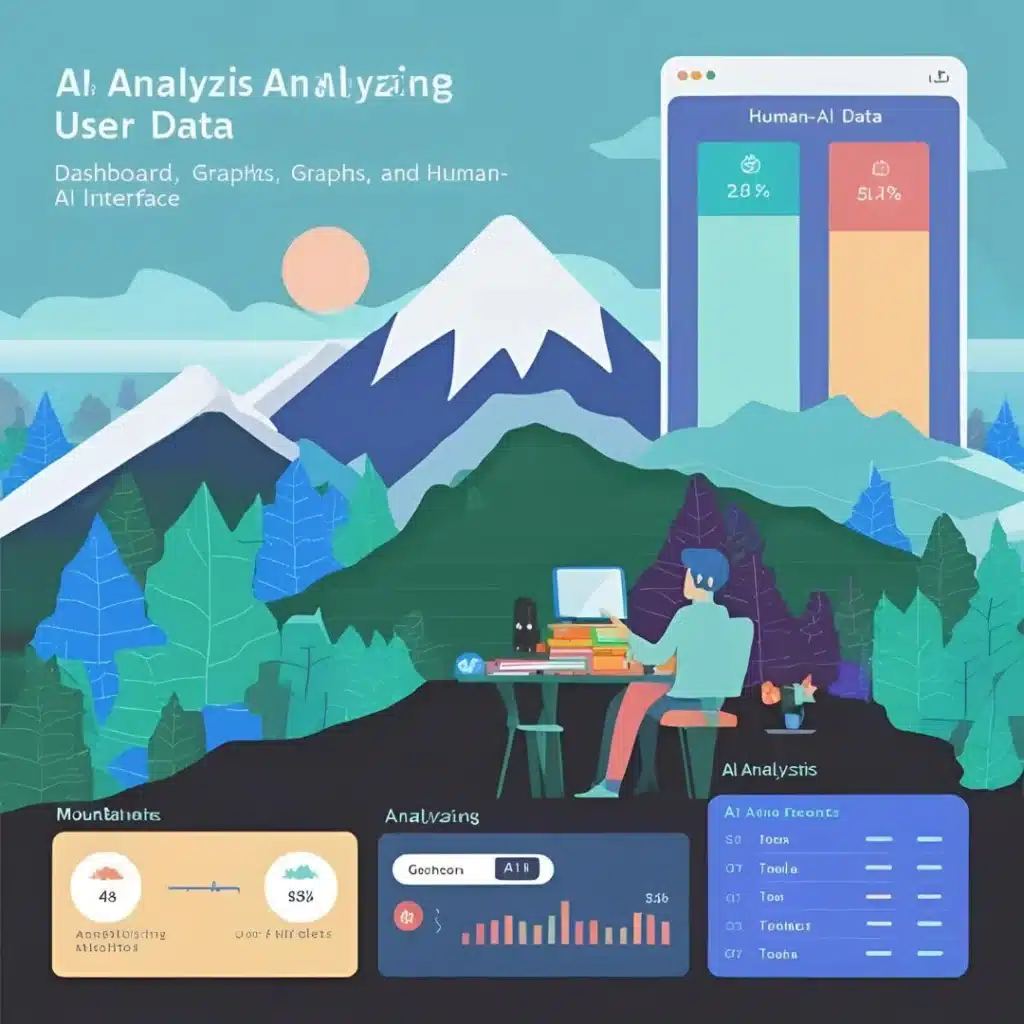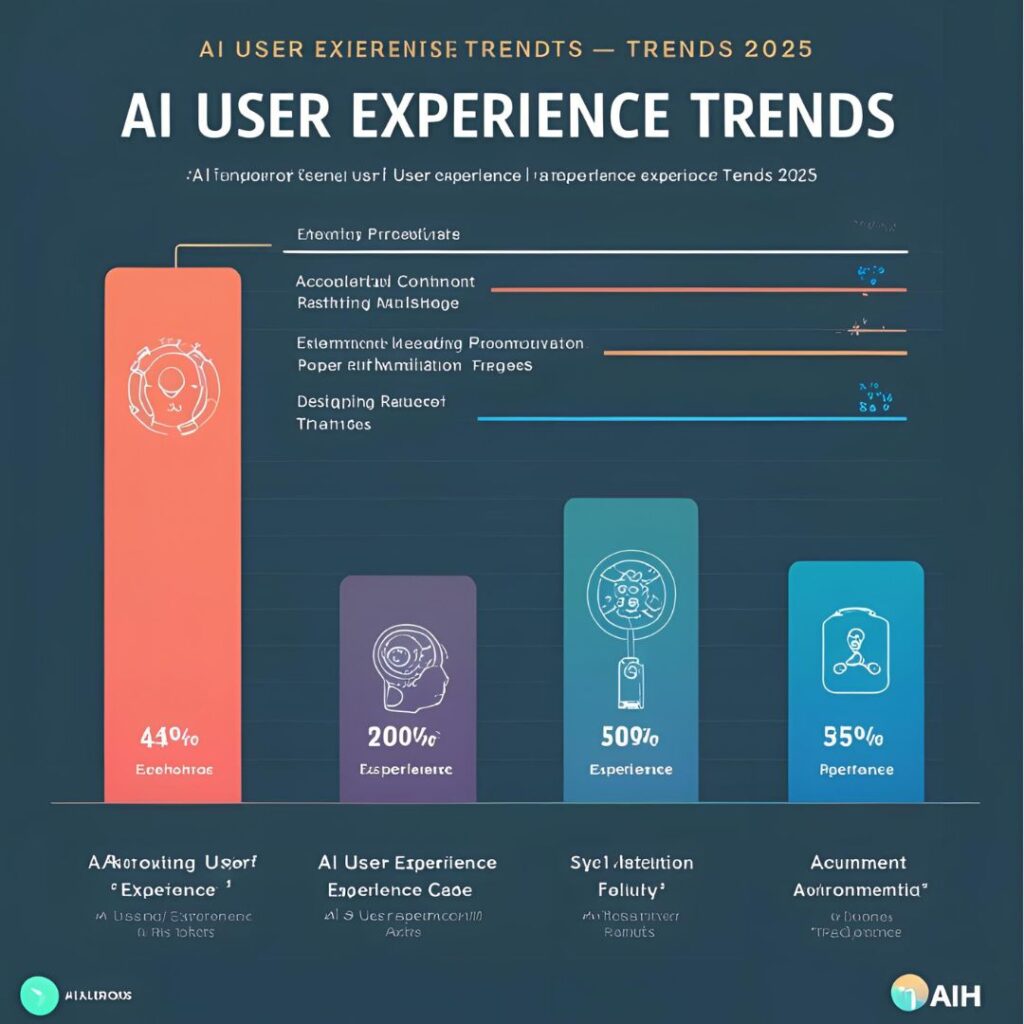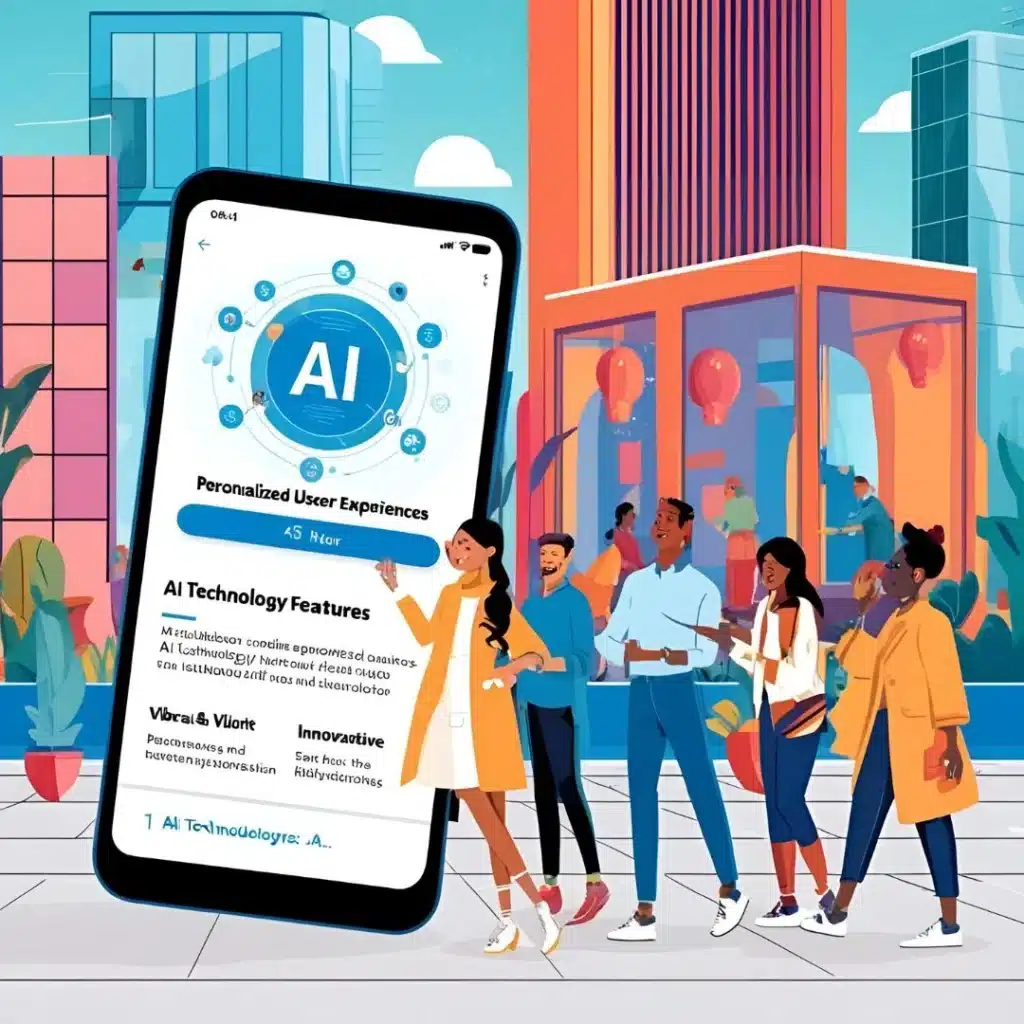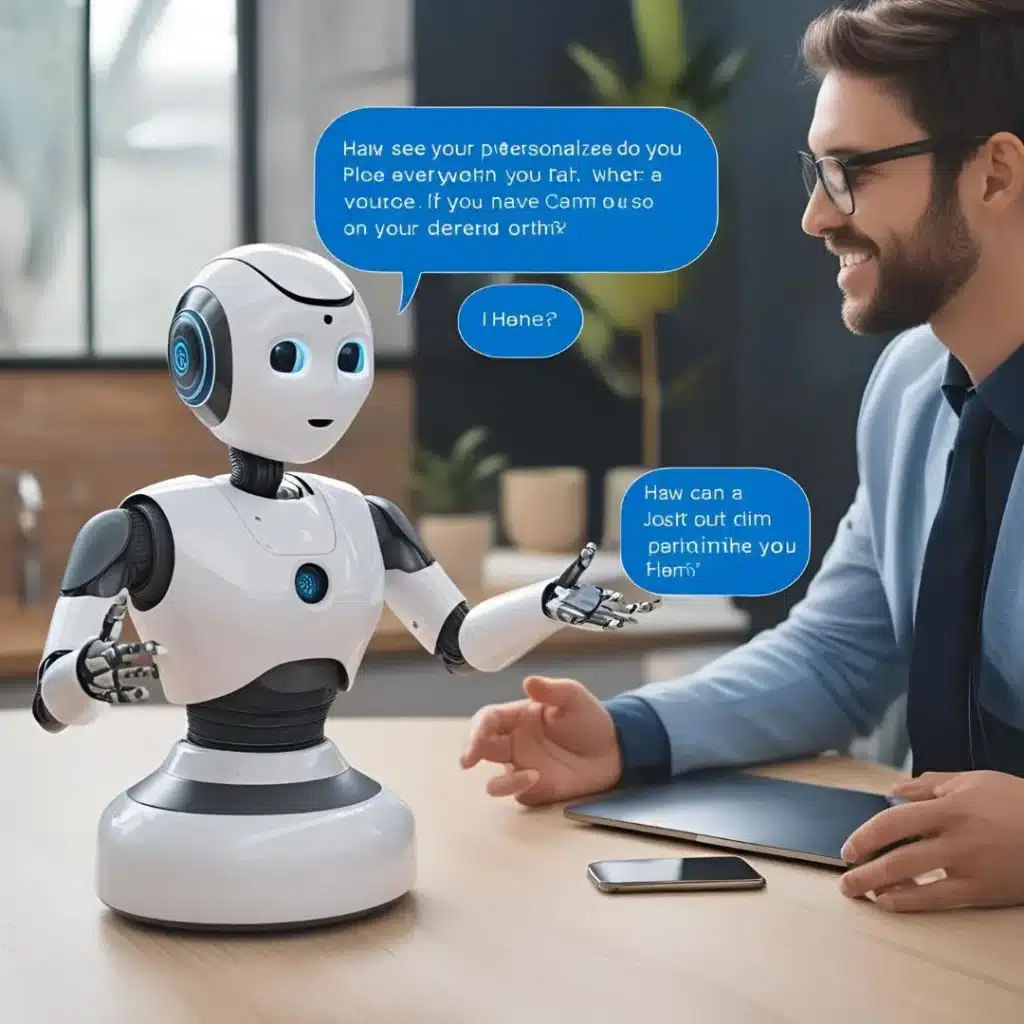In the ever-evolving digital world, the Role of AI in Personalizing User Experience has become a game-changer. From how we shop online to how we interact with apps and websites, artificial intelligence is transforming the way brands engage with their users. In this blog, we’ll explore how AI is driving a new wave of personalization and innovation, shaping the future of digital experiences.
Table of Contents
ToggleHow AI Personalizes User Experience
AI analyzes massive datasets to understand user behavior, preferences, and interactions. By leveraging machine learning and neural networks, it predicts what users want and need before they even ask. This leads to more relevant content, smarter recommendations, and a seamless digital journey.

AI in User Experience Design
Designers today integrate AI from the start to craft intuitive, responsive interfaces. AI supports rapid A/B testing, dynamic layouts, and personalized elements based on real-time data, making each user’s journey unique and efficient.
AI-Driven Personalization in Digital Products
From Netflix recommendations to Spotify playlists and Amazon product suggestions, AI-driven personalization in digital products is everywhere. These systems learn and evolve, providing increasingly accurate and satisfying experiences over time.
Real Examples of AI Personalization
- Netflix: Tailors content based on viewing history and preferences.
- Amazon: Uses AI to suggest products you’re most likely to buy.
- Spotify: Curates playlists like “Discover Weekly” based on listening habits.
- Google Maps: Recommends routes based on your routine and traffic conditions.
AI User Experience Trends 2025
- Looking ahead, AI user experience trends 2025 include:
- Emotion AI for mood-based personalization
- Hyper-personalized eCommerce interfaces
- AI in voice UX design
- Predictive user journeys

Benefits of AI in Digital User Experience
- Faster content delivery
- More engaging and relevant interactions
- Improved accessibility
- Reduced bounce rates
- Increased conversions and retention
AI Personalization Tools for Websites
- Popular tools include:
- Adobe Sensei
- Dynamic Yield
- Personyze
- Optimizely
- Algolia
These tools enable marketers and developers to offer a personalized web experience without writing complex algorithms themselves.
How Machine Learning Improves User Experience
Machine learning refines user journeys by learning from every interaction. It adapts interfaces and content, predicts needs, and provides proactive solutions, making digital interactions smoother and more intelligent over time.
Personalized User Journey Using AI
AI tracks user behavior across channels to create a personalized user journey using AI. From first touch to post-purchase, users receive tailored content, support, and product suggestions that match their intent.
Emerging AI Technologies in UX Design
- Generative AI for interface design
- Conversational UX with NLP
- Emotion-detection sensors
- AI eye-tracking for UI optimization
These technologies are reshaping how designers approach user experiences.
AI for eCommerce Personalization
In eCommerce, AI helps:
- Recommend products based on past views/purchases
- Retarget users with smart ads
- Offer dynamic pricing
- Personalize homepage layouts
This results in higher engagement and sales.

AI in Mobile App UX
- Apps like TikTok, Uber, and Duolingo leverage AI to:
- Curate content
- Predict user behavior
- Offer smart navigation
- Customize learning or service paths
This ensures mobile UX is as personalized as web platforms.

AI in Customer Journey Optimization
AI identifies drop-off points and opportunities in the customer journey. It automates follow-ups, personalizes marketing efforts, and streamlines support—creating smoother transitions from discovery to conversion.
AI-Powered Chatbots for Personalization
AI chatbots not only provide 24/7 support—they remember past conversations, understand sentiment, and tailor responses. They’re a key part of the personalized digital ecosystem.

UX Personalization with Neural Networks
Neural networks detect patterns in user behavior and adjust interfaces accordingly. This deep learning approach enables real-time customization that’s far more advanced than rule-based systems.
Innovations in AI-Driven UX
- Smart onboarding processes
- Real-time UX adjustments
- Behavioral analytics-driven design
- Voice and gesture recognition interfaces
These innovations push boundaries, setting new standards in UX.
AI Personalization Algorithms
AI uses collaborative filtering, content-based filtering, and deep learning models to personalize user experiences. These algorithms continuously evolve, improving their accuracy with each interaction.
Future of Personalized Digital Experiences
The future of personalized digital experiences lies in:
- Seamless cross-device interactions
- AR/VR with personalized overlays
- Proactive service delivery via AI
- Ethical and transparent personalization

Machine Learning in UI/UX
Machine learning fine-tunes UI elements like color, layout, and call-to-actions based on user behavior data, ensuring every user gets the best interface possible.
Adaptive User Interfaces with AI
Adaptive UIs change in real-time based on context—location, time, device, or behavior. AI makes this adaptation fluid and smart, leading to more user-centric digital products.
Conclusion: Embracing the Role of AI in Personalizing User Experience
As AI continues to evolve, its role in creating smarter, more responsive, and more human-like digital experiences will only grow. Brands that embrace these innovations will lead the way in customer satisfaction, loyalty, and digital success.



